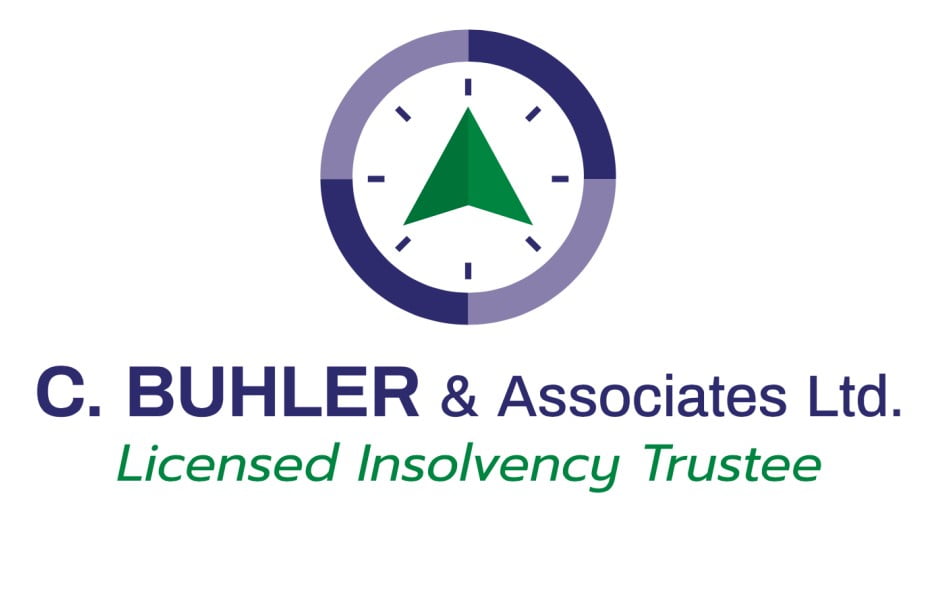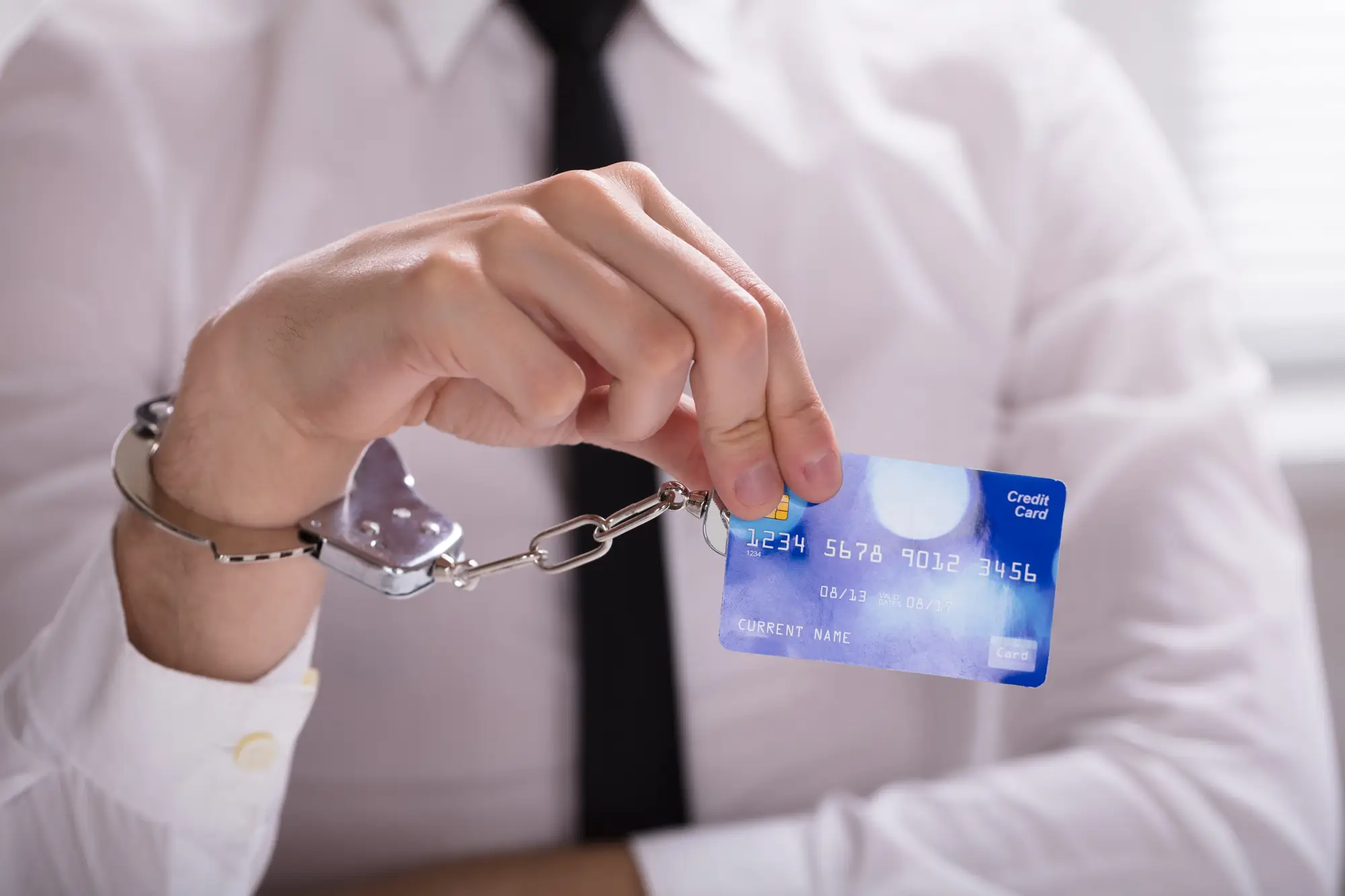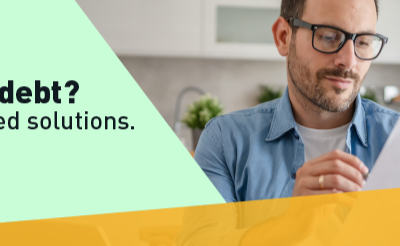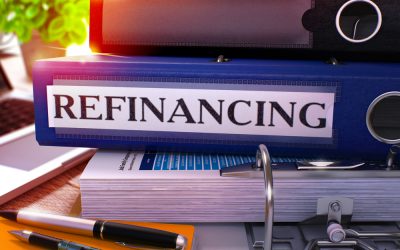Borrowing money isn’t a bad thing. Credit card debt can be paid off monthly, and car loans and mortgages are essential for most of us. These aren’t debt traps.
When you get caught off guard by hidden charges, hefty application fees, and new loans to pay off old ones, you might be in a debt trap. In this article, we’re going to cover what debt traps are—and how you can get out of them:
What Is a “Debt Trap”?
A debt trap is simply when you spend more than you earn—when you take on more debt than you can pay off, you’re in a debt trap. Imagine you’re using one credit card to pay off another credit card or leveraging your excellent credit score to take on more debt to pay off existing debts—in either of these scenarios—you’re in a debt trap.
There are several different ways to fall into a debt trap. You may, for example, the value of real estate in your area may fall, and you end up losing value on your home, all while faced with higher interest rates. In this case, you’d be primarily paying off interest—not principal—on a house that’s worth less than you paid for it—a debt trap.
We’re going to discuss how you can get out of debt traps—before we do, however, we want to look at a few different scenarios that are strong indicators you may be in a debt trap or heading toward one.
Common Debt Traps
Here are some of the most common debt traps:
Payday Loans
When you’re looking into payday loans, you’re almost certainly in a debt trap or approaching one. Payday loans have three qualities that make them a red flag:
- They’re bridge loans, which means you’re in dire enough financial straits that you need to borrow money between paychecks.
- They’re high-interest loans, which can place you in more debt than you started with before you took out the loan.
- They are generally not offered by top-rated financial institutions, which means that if you are borrowing money from these lenders, you likely do not have the credit or assets needed to secure a loan from a bank or another more credible financial institution.
People who take out payday loans often find themselves taking them out over and over, making payday loans one of the most expensive ways to borrow money. While Canada’s payday loan regulations vary by province, as a Licensed Insolvency Trustee, we’ve found this to be true no matter which province or territory you call home. Want to know the rates that apply in your province? Find out how much a payday loan costs
Taking out high-interest loans repeatedly to bridge financial gaps? That’s veering dangerously close to a debt trap.
Credit Cards
Credit cards aren’t harmful in and of themselves. They’re a great way to build your credit score, a convenient way to pay for things online, and an excellent way of getting cash back for purchases.
Using your credit cards to pay off other debts or to finance purchases that you couldn’t make without them? That’s when you’re moving into debt trap territory.
Credit cards have a minimum payment owed each month; when you only make the minimum payment, you’re allowing interest to accrue on your card and paying off less of the principal. We highly encourage you to pay off your full credit card balance every month. When you have a large purchase you want to finance, consider lower-interest financing options instead of credit cards.
Rent-To-Own Agreements
Rent-to-own plans on furniture, appliances, and other essentials are often fraught with problems. You may end up paying high fees on top of the actual price of the item, and late fees for missed payments can lead to even more debt—or even losing your claim to the item you rented.
Steer clear of rent-to-own appliances and furniture—it’s a good rule of thumb to buy these things outright. When that’s impossible, you can usually find lower-interest loans to help you buy them, or consider shopping second-hand, such as a local buy-sell site. Just be sure to arrange for payment and pickup of assets in a safe manner, such as meeting in a public place and only paying for assets you’ve actually inspected.
Overdraft
Overdraft fees happen when funds are withdrawn from your bank account, but you have insufficient funds available. Overdraft fees are painful: They’re an additional expense that occurs when you don’t have enough money. Ouch!
When your bank account is going into the overdraft on a regular basis, it’s a clear sign that you have financial problems.
Build Savings To Avoid Debt
One of the best ways of avoiding debt traps is to save money instead of spending it. Easier said than done, we know.
Credit cards, payday loans, and other debts can have high-interest rates; when they’re not paid on time, these are bad debts. With some research, however, you can find savings accounts with high-interest rates—not as high as those on credit cards, but high enough that you can make some money each month. The interest on those savings accounts can compound, helping you accrue a nest egg.
The key is to use savings instead of credit in emergency scenarios—think of it as an emergency fund. This can help you avoid high-interest debt and keep you debt free when your financial situation turns to the worst.
How To Get Out of a Debt Trap
There are several different techniques you can use to get out of debt traps. When these solutions aren’t viable, you may be better off with a consumer proposal or even filing for bankruptcy. One of the best ways of learning about your options is to talk to a licensed insolvency trustee (LIT).
For debt help in Winnipeg—call us today!





